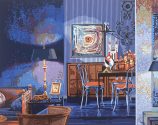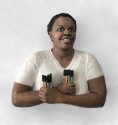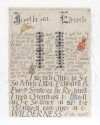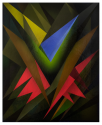Jim Richard
The Arthur Roger Gallery is pleased to present All the Way Home, an exhibition of paintings by Jim Richard. At the artist’s invitation, the gallery is also exhibiting work by Tom Burckhardt and John Ahearn. The exhibition will be on view at Arthur Roger Gallery, located at 432 Julia Street, from January 4 through February 22, 2020. The gallery will host an opening reception with the artist in attendance on Saturday, January 4 from 6–8 pm. Read More











